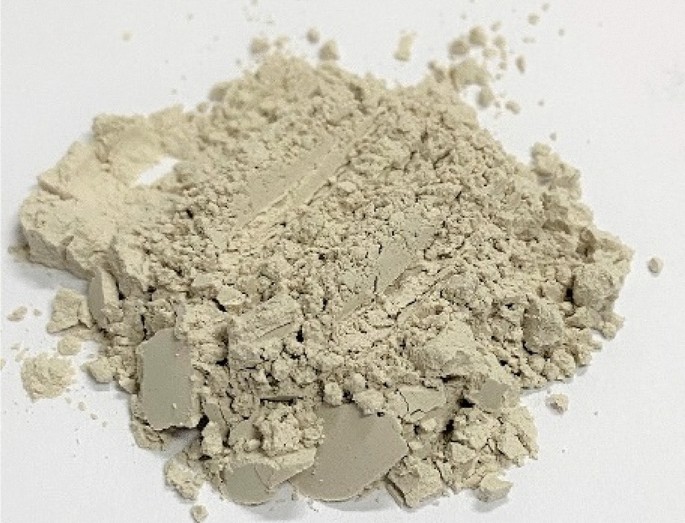Influence of Calcium Silicate, Talc, Light Calcium Compound Filler on Properties of Wallpaper Base Paper

As an important interior decoration material, wallpaper is favored by more and more consumers. Generally speaking, paper-based wallpaper requires good bulk and air permeability, and can release the moisture of the wall itself without causing the wallpaper to become moldy.
Compared with a single type of filler, the compound filling of attapulgite and calcium carbonate can significantly improve the strength properties of the paper. One of the main reasons.
Different types of mineral fillers can complement each other and cooperate with each other through compounding and filling, so as to optimize the performance of the filled paper.
(1) The addition of light calcium silicate to the compound filler can significantly increase the bulk of the base paper. At a filling amount of 30%, when calcium silicate: light calcium carbonate = 1:2, the bulk of the filled paper will be increased. The thickness is 15.2% higher than that of talcum powder: light calcium carbonate=1:2 compound filler and paper, and it has little effect on the filler retention rate, paper whiteness and tensile index.
(2) With the increase of the filling amount, compared with talc: calcium silicate: light calcium carbonate = 1:1:1 compound type, calcium silicate: light calcium carbonate = 1:2 compound type The increase of the bulk of the handsheet is more obvious, and the whiteness and opacity of the paper are better under the similar ash content of the finished paper. This is mainly because the whiteness and light scattering properties of light calcium are better, so increasing the proportion of light calcium in the compound filler is beneficial to improve the whiteness and opacity of the finished paper.
